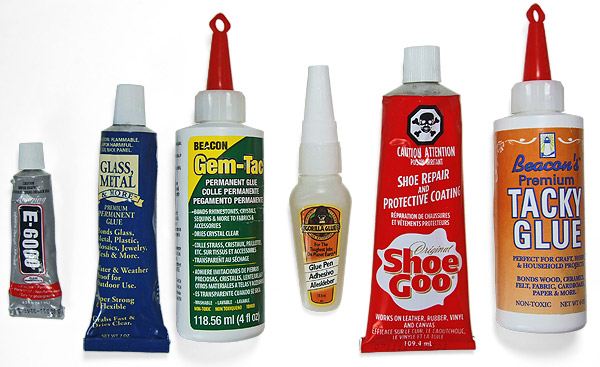Brief history of yeast
- Pasteur: yeast=living microorganism. creation of bio+chemistry(mid 19th)
- Emil Hansen: isolate lager yeast, how to store them longer(1883)
- why lager popular?
- longer shelf life=larger distribution area=increase sale=brewers love it
- fist clean-tasting beer to mass
- what is hot side(cooking, in brewhouse)&cold side(cooling, pitching, fermenting)
For good fermentation?
- yeast
- sugar:
- high in glucose=higher esters
- high in maltose(<-rice or corn)=lower esters
- esters? 'ethyl acetate(tastes like adhesive, solvent)' 'isoamyl acetate(tastes like banana)'
 |
| adhisive |
- oxygen: 8~10 ppm at least, high yeast demand(lager, high gravity) beer require more oxygen
- nutrients
- fermentation system:
- large, open=harvest yeast for many generations but difficult to clean and sanitize
- cone-shaped=clean-in-place, temperature control but tall fermentor->pressure of gases↑->stress on yeast
- temperature control: problem but not contamination?->look temperature
- temperature can affect: off-flavor pre-cursors and yeast's ability to reduce off-flavor compounds(at the end of fermentation)
- fermentor monitoring: main measurements are
- temperature
- specific gravity
- pH
- oxygen
- carbon dioxide
- + how much yeast pitched, its source, its viability, beer volume, daily progress



No comments:
Post a Comment